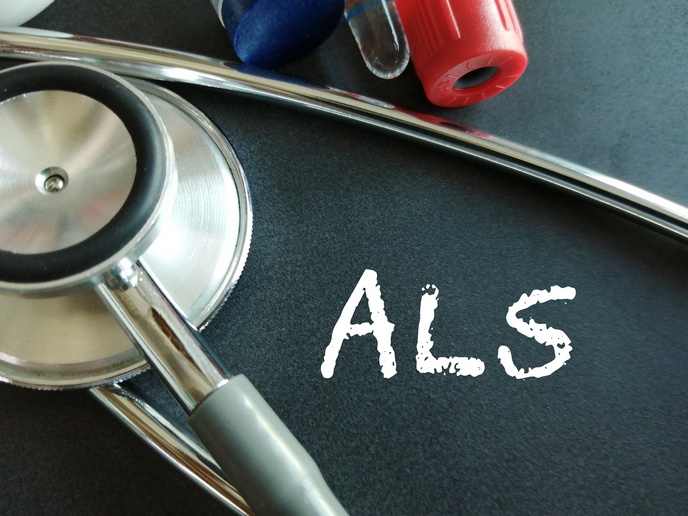Gold nanoparticles in disease detection
Diagnosis of neurodegenerative diseases, such as Alzheimer's or Creutzfeldt-Jakob diseases (CJD) poses a great challenge for international health systems given their socioeconomic impact. Highly sensitive and selective antibody-free detection systems are required as these diseases do not induce any immunological response in the affected individuals. Scientists on the EU-funded PRIOSERS (Prion detection through organized arrays of gold nanorods as SERS substrates) project proposed to use nanoparticle organisation and surface-enhanced Raman scattering spectroscopy (SERS) for pathogenic protein detection. Towards this goal, they fabricated a sensor with closely packed nanoparticles that allowed a SERS sensing capability at the nanomolar range. Particle immobilisation and organisation was performed on macroscopic substrates or, on microscale colloidal templates. Scientists synthesised homogeneous gold and silver nanorods with different aspect ratios as well as hybrid composite beads to support plasmonic materials on their surface or embedded in the matrix. Assemblies of spherical gold nanoparticles on substrates provided great intensity of detection. In addition, an increase in the size of the individual nanoparticles assembled on the microbeads surface resulted in higher SERS intensities. During the translational phase of the project, researchers wished to detect the heterodimerisation of the oncogenic protein Myc with its native partner Max, using a Max peptide receptor. The functionalised receptor anchored the Max protein onto the metal substrate and acted as a Raman sensor for the detection of the structural rearrangements associated with Myc/Max heterodimerisation. Overall, the activities of the PRIOSERS study illustrate how the structural control presented by the new generation of SERS substrates could be exploited in biomedical applications.







